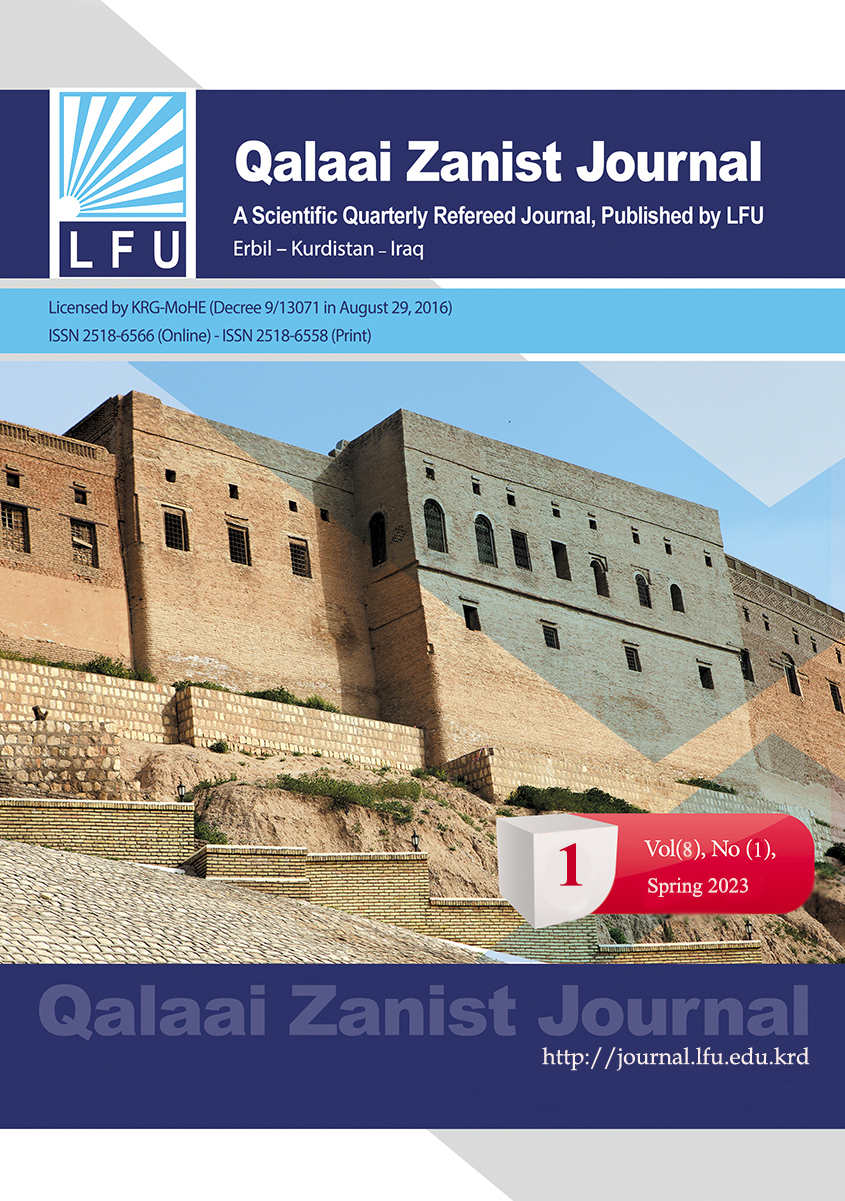Evaluating The Use of Maps in Social Sciences / Geography Books in The Kurdistan Region / Iraq
##plugins.themes.bootstrap3.article.main##
پوختە
The aim of this study is to evaluate the use of maps and determine the percentage of maps for each (introduction, content, and conclusion) in social science books, and to know the percentage of natural and human maps usage in this book.
The analytical descriptive approach is used and the sample of the study is the social science book of the ninth grade of primary school. The researcher after taking the opinion of experts and returning to the theoretical frameworks of evaluating the textbooks, getting benefit of Ahmed’s research (Ahmed, 2009). The research employed several research tools, after checking validity and reliability. Several statistical methods were used on the tool such as (Equation ofJay Copper, Alpha Cronbach, Pearson Relationship).
As a result, the highest percentage of maps is in the content section (38.64%) and the lowest percentage of maps is in the introduction section (27.27%). The usage of natural maps are 58.60% percent and the usage of human maps are 41.40% percent, these map standards are generally not good base maps for rubber in a 9th grade book, and should be reviewed.
##plugins.generic.usageStats.downloads##
##plugins.themes.bootstrap3.article.details##
چۆنییەتی بەکارهێنانی سەرچاوە
Qalaai Zanist Journal allows the author to retain the copyright in their articles. Articles are instead made available under a Creative Commons license to allow others to freely access, copy and use research provided the author is correctly attributed.
Creative Commons is a licensing scheme that allows authors to license their work so that others may re-use it without having to contact them for permission





